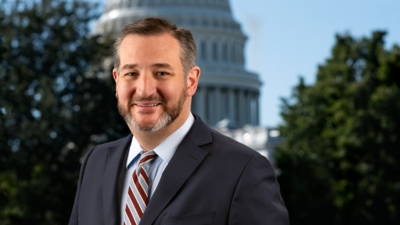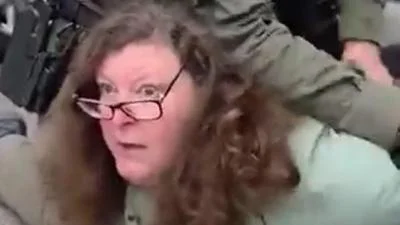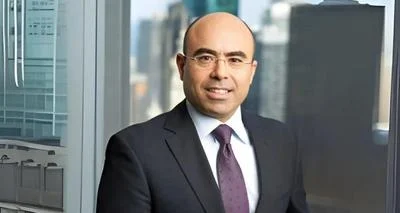John Fabbricatore | ICE
John Fabbricatore | ICE
Chicago Mayor Brandon Johnson has been steadfast in his defense of the Welcoming City Ordinance – a sanctuary law that immigration reform experts say protects criminal illegal immigrants from prosecution. On March 5, Johnson is scheduled to appear before the U.S. House Oversight Committee, along with the mayors of the sanctuary cities of Boston, Denver and New York to explain why they are risking public safety in defense of their laws.
John Fabbricatore, who worked for US Customs and Enforcement (ICE) and its predecessor US Immigration and Naturalization Services for 20 years, says that sanctuary laws “have far reaching consequences that hinder law enforcement’s ability to combat crime effectively.”
“By refusing to participate in civil immigration enforcement or assisting federal authorities in enforcing immigration laws, sanctuary cities are creating significant barriers to maintaining public safety,” Fabbricatore wrote in a commentary published by the Chicago Tribune.

Chicago Mayor Brandon Johnson
| Wirepoints
He further wrote that while Johnson’s intent to enforce the city’s sanctuary law “may seem noble, the practical implications of such an ordinance paint a troubling picture. Sanctuary policies effectively allow dangerous people to evade ICE and continue committing crimes across the country.”
Recently, two illegal immigrants were charged with the January 26 murder of 63-year-old George Levin in Chicago’s Norwood Park neighborhood. The investigation, one detective said, took on an added sense of urgency with police handcuffed by Chicago’s Welcoming City Ordinance.
Police were concerned early in the investigation that the two they were questioning about the murder would have to be released after the standard 48 hours if they failed to uncover enough evidence to charge them. Absent the city’s sanctuary law, the police could turn the suspects – any criminal suspects in the city illegally -- over to ICE for detention if the case takes longer than 48 hours to investigate.
In the Levin case, the police did gather enough evidence early enough to charge Jefferson Ubilla-Delgado, a Venezuelan, and Geiderwuin Bello Morales, an Ecuadorian, with the murder. But without the sanctuary law in place, Morales would almost certainly have been in federal custody at the time of the murder. Two weeks before the murder he was arrested on charges of assaulting a victim under the age of 13.
He was released a day after his arrest, police reports indicate.
His arrest “certainly should have been grounds for detention and deportation,” the detective said.
“Of course, it’s impossible to say if that would have prevented the murder, but he would not have been part of it,” he said.
Fabbricatore says that the Oversight Committee’s investigation into sanctuary policies is a step in the right direction.
“By inviting mayors from sanctuary cities to testify, and demanding documents related to their sanctuary policies, the committee seeks to hold these leaders accountable for their decisions,” he wrote. “These mayors must address the impact of their policies on public safety and provide transparency to the American people.”





 Alerts Sign-up
Alerts Sign-up